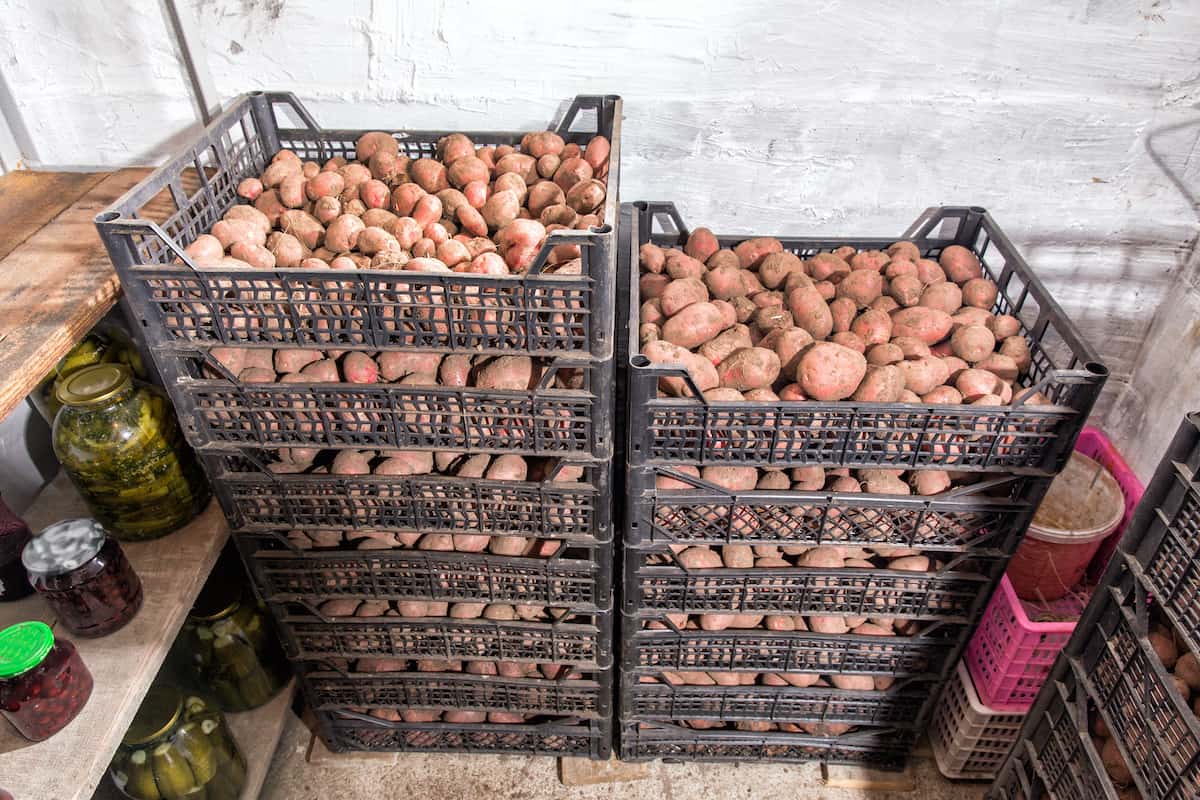

Articles
How To Store Potatoes For Winter
Modified: January 5, 2024
Learn how to store potatoes for winter with our informative articles. Discover the best methods to keep your spuds fresh and delicious throughout the colder months.
(Many of the links in this article redirect to a specific reviewed product. Your purchase of these products through affiliate links helps to generate commission for Storables.com, at no extra cost. Learn more)
Introduction
As the temperatures dip and winter approaches, many vegetable gardeners find themselves with an abundance of potatoes. Instead of letting them go to waste or rushing to use them before they spoil, why not consider storing them for the winter months? Storing potatoes properly can ensure that you have a fresh and readily available supply of this versatile and nutritious vegetable throughout the colder seasons.
Proper potato storage involves several key factors, including selecting the right potatoes, harvesting them at the proper time, and providing the ideal storage conditions. In this article, we will guide you through the essential steps to store potatoes for winter successfully.
So, if you are ready to embark on the journey of keeping your potatoes fresh and tasty, let’s dive in and explore the best practices for potato storage!
Key Takeaways:
- Choose late-season, thick-skinned potatoes for long-term storage. Handle with care, air-dry, and inspect regularly to ensure quality and freshness throughout the winter.
- Create a cool, dark, well-ventilated storage space. Regularly monitor, manage humidity, and prevent common storage issues for successful long-term potato storage.
Read more: How To Store Seed Potatoes For Winter
Selecting the Right Potatoes for Storage
When it comes to storing potatoes for the winter, not all potatoes are created equal. Certain potato varieties are better suited for long-term storage, while others are more suitable for immediate consumption. Here are a few key considerations when selecting potatoes for storage:
- Choose late-season varieties: Late-season potato varieties tend to have a thicker skin, which helps them last longer in storage. Look for varieties such as Russet, Kennebec, or Yukon Gold that are known for their good storage qualities.
- Avoid potatoes with blemishes or damage: Potatoes with cuts, bruises, or any signs of decay should not be stored. These imperfections can lead to spoilage and affect the overall quality of the stored potatoes.
- Opt for mature potatoes: Potatoes that have reached full maturity are more likely to store well. Look for mature potatoes with fully developed skins and avoid storing potatoes that are still small or have a thin skin.
- Consider disease resistance: Some potato varieties are more resistant to common storage diseases, such as late blight or soft rot. Choosing disease-resistant varieties can help ensure that your stored potatoes stay healthier for a longer period of time.
By selecting the right potatoes for storage, you can significantly increase the chances of maintaining their quality and freshness throughout the winter months. Remember that storing potatoes is not just about quantity but also about preserving the flavor and texture that makes them such a beloved staple in many households.
Harvesting Potatoes Properly
To store potatoes successfully, it is crucial to harvest them at the right time and handle them with care. Here are some tips for harvesting potatoes properly:
- Wait for the right time: Potatoes should be harvested when the plants have matured and started to die back. The foliage turning yellow and the stems drying out are good indicators that it’s time to harvest.
- Use the right tools: To avoid damaging the potatoes, use a garden fork or shovel to gently lift the plants out of the ground. Be cautious not to damage the tubers during the process.
- Handle with care: Once the plants are lifted, handle the harvested potatoes gently to prevent bruising or cuts. Even minor damage can lead to rotting during storage.
- Air-dry the freshly harvested potatoes: After harvesting, lay the potatoes on the ground or a clean, dry surface in a single layer. Allow them to air-dry for a few hours, which will help the skin toughen and reduce the risk of rotting during storage.
- Avoid washing the harvested potatoes: It’s important not to wash potatoes before storing them as this can remove their natural protective coating. Dirt and excess moisture can be gently brushed off, but do not submerge them in water.
By following proper harvesting techniques, you can minimize damage to the potatoes and ensure that they are in the best condition for storage. Handling them with care during this process will go a long way in preserving their quality throughout the winter.
Curing Potatoes for Long-Term Storage
Properly curing potatoes after harvest is a critical step in preparing them for long-term storage. Curing allows the potatoes to develop a protective layer and heal any minor wounds, enhancing their storage potential. Here’s how to cure potatoes for long-term storage:
- Prepare a curing space: Choose a cool, well-ventilated area, preferably with a temperature range of 45 to 60°F (7 to 15°C) and a humidity level around 85 percent. This environment will help potatoes cure properly without excess moisture.
- Place the harvested potatoes: Spread the potatoes in a single layer on clean, dry racks or on newspaper in the curing space. Ensure that there is enough airflow around each potato to facilitate the curing process.
- Allow for curing: Potatoes should be left to cure for about two weeks. During this time, the potatoes will undergo changes that toughen their skin and heal any wounds. This process helps extend their shelf life and reduces the risk of rotting.
- Inspect regularly: While the potatoes are curing, it’s essential to inspect them regularly for any signs of decay or spoilage. Remove any potatoes that show signs of damage or rot to prevent the spread of infection to the rest of the batch.
Properly cured potatoes have a better chance of staying fresh and maintaining their quality throughout the winter months. Curing allows the potatoes to develop a protective skin and heal any wounds incurred during harvest, reducing the risk of spoilage and extending their shelf life.
Preparing Potatoes for Winter Storage
Before storing potatoes for the winter, it’s crucial to prepare them properly to ensure their longevity and quality. Taking a few extra steps will go a long way in preserving the flavor and texture of the stored potatoes. Here are some essential tips for preparing potatoes for winter storage:
- Inspect and sort: Before storing, carefully inspect the cured potatoes for any signs of damage, disease, or rot. Sort out any potatoes that are damaged, as they can spoil others during storage.
- Remove excess soil: Brush off any excess soil or dirt from the potatoes. A soft brush or cloth can be used to gently clean the surface. However, avoid scrubbing or washing the potatoes with water, as it can remove their protective coating.
- Dry the potatoes thoroughly: Allow the potatoes to air-dry completely before placing them in storage containers or bags. This step helps prevent excess moisture that can lead to rotting.
- Avoid exposure to sunlight: Potatoes should always be stored in a cool, dark place. Exposure to sunlight can cause them to turn green and develop a bitter taste.
- Do not store damaged potatoes: Potatoes with cuts, bruises, or any signs of decay should not be stored. These imperfect potatoes can spoil others in storage, so it’s essential to remove them.
- Consider using breathable storage containers: Instead of plastic bags, opt for breathable storage containers, such as burlap sacks or mesh bags. These containers allow for proper ventilation and reduce the risk of moisture buildup.
By following these preparation steps, you can significantly increase the chances of preserving the quality and flavor of your stored potatoes. Properly preparing potatoes for winter storage sets the foundation for successful long-term storage with minimal spoilage.
Read more: How To Store Potatoes
Choosing the Ideal Storage Location
The choice of storage location plays a crucial role in the longevity and quality of your stored potatoes. The conditions within the storage area can greatly impact the potatoes’ ability to stay fresh and prevent spoilage. Here are some factors to consider when choosing the ideal storage location for your potatoes:
- Temperature: Potatoes store best in a cool environment with temperatures ranging from 35 to 40°F (2 to 4°C). Avoid storing them in areas prone to freezing or where temperatures fluctuate significantly, as extreme cold or heat can cause potatoes to spoil.
- Humidity: Maintain a relative humidity level of around 90 percent in the storage area. High humidity helps prevent the potatoes from drying out, while providing too much moisture can lead to rotting.
- Darkness: Potatoes should always be stored in a dark location. Exposure to light can cause the potatoes to turn green and produce a toxic compound called solanine, which affects both taste and nutritional value.
- Ventilation: Good airflow is essential to prevent the buildup of excess moisture. Ensure that the storage area has proper ventilation to keep the potatoes dry and reduce the risk of mold or bacterial growth.
- Avoid proximity to ethylene-producing fruits: Ethylene, a natural ripening hormone, can speed up the sprouting process in potatoes. Keep them away from fruits like apples, bananas, and tomatoes, which release ethylene and can cause premature sprouting.
Choose a location in your home or garage that meets these criteria and provides a cool, dark, and well-ventilated environment for long-term potato storage. With the ideal storage location, you can ensure that your potatoes stay fresh and delicious throughout the winter season.
Store potatoes in a cool, dark place with good ventilation to prevent sprouting and rotting. Avoid storing them near onions, as they release gases that can cause potatoes to spoil faster.
Storing Potatoes in Containers
Using containers to store potatoes is a convenient and efficient method that helps maximize storage space and maintain the quality of the potatoes. When selecting containers, it’s important to choose ones that provide proper ventilation and protection from light. Here’s how to store potatoes in containers:
- Choose breathable containers: Opt for containers that allow for proper airflow. Good options include burlap sacks, mesh bags, or wooden crates. These containers help prevent moisture buildup and reduce the risk of rotting.
- Avoid plastic bags: Although plastic bags may seem convenient, they can cause excess moisture to accumulate and increase the chances of rotting. Plastic bags also restrict airflow, which is essential for potato storage.
- Line the bottom of the container: To prevent direct contact with the floor or surface, line the bottom of the container with a layer of straw, newspaper, or a clean cloth. This helps provide insulation and protects the potatoes from moisture.
- Layer the potatoes: Place the potatoes in the container in a single layer, ensuring they are not touching or piled on top of each other. This arrangement allows for better airflow and reduces the risk of bruising or pressure points.
- Store in a cool, dark place: Find a cool and dark location, such as a cellar, basement, or garage, to store the containers of potatoes. Avoid areas prone to extreme temperature fluctuations, as consistency is key in maintaining potato quality during storage.
- Regularly inspect the containers: Make a habit of checking the potatoes stored in containers regularly. Remove any sprouting or rotting potatoes promptly to prevent the spread of decay to the rest of the batch.
Storing potatoes in breathable containers helps maintain proper airflow, reduce moisture buildup, and prevent excessive sprouting or rotting. This method allows for easy monitoring and ensures the stored potatoes remain in optimal condition for an extended period of time.
Storing Potatoes in Root Cellars
Root cellars have long been used as a traditional method for storing potatoes, providing an ideal environment for long-term storage. If you have access to a root cellar or a similar underground storage space, here’s how you can store your potatoes:
- Prepare the root cellar: Make sure the root cellar is clean, dry, and free from pests. Check for any signs of moisture or leaks, as excessive moisture can lead to rotting. The ideal temperature range for a root cellar is between 32 to 40°F (0 to 4°C).
- Provide proper insulation and ventilation: Insulate the root cellar to maintain a consistent temperature. Straw, sawdust, or even layers of old newspapers can be used as insulation. Ensure the cellar has adequate ventilation to prevent the buildup of excess moisture.
- Create storage bins: Use wooden crates, baskets, or shelves to store the potatoes. These containers allow for proper airflow and separation between the potatoes, reducing the risk of bruising or pressure points.
- Layer the potatoes: Place the potatoes in the bins or containers in a single layer, making sure they are not touching or piled on top of each other. This arrangement ensures good airflow and makes it easier to access the potatoes when needed.
- Monitor temperature and humidity: Regularly check the temperature and humidity levels in the root cellar. Make adjustments if necessary to maintain the recommended conditions: a temperature of 32 to 40°F (0 to 4°C) and a humidity level around 85 to 90 percent.
- Inspect the potatoes regularly: Check the stored potatoes regularly for any signs of sprouting, rotting, or disease. Remove any damaged or spoiled potatoes promptly to prevent the spread of decay to the rest of the batch.
Storing potatoes in a root cellar provides an excellent environment for long-term storage. The cool temperature and consistent humidity levels mimic the natural conditions in which potatoes thrive, allowing them to stay fresh and stable for an extended period of time.
Monitoring and Managing Potato Storage
Proper monitoring and management are key to ensuring the longevity and quality of stored potatoes. By regularly checking on the potatoes and taking necessary precautions, you can prevent issues such as sprouting, rotting, and pest infestations. Here are some important steps to monitor and manage potato storage:
- Regularly inspect the potatoes: Check on the stored potatoes frequently, especially during the first few weeks after storage begins. Look out for signs of sprouting, softening, mold, or any other indications of deterioration.
- Remove damaged or spoiled potatoes: Remove any potatoes that show signs of damage, rot, or disease immediately. Discard them properly to prevent the spread of decay to other potatoes in storage.
- Aerate the potatoes: Periodically, gently shift or turn the potatoes to ensure proper ventilation. This helps prevent moisture buildup and reduces the risk of rotting.
- Manage humidity levels: Regularly monitor the humidity levels in the storage area and make adjustments as needed. If the air becomes too dry, consider placing a shallow pan of water in the storage area to increase humidity. Conversely, if the air is too damp, improve ventilation or reduce excess moisture sources.
- Control the temperature: Maintain a consistent temperature in the storage area. Fluctuations in temperature can lead to premature sprouting or rotting. Adjust insulation, ventilation, or even consider using a small fan to regulate temperature if necessary.
- Rotate the potatoes: Use the principle of “first in, first out” when retrieving potatoes for consumption. By using the oldest potatoes first, you can prevent them from sitting in storage for too long and ensure their freshness.
- Monitor for pests: Keep a close eye on the stored potatoes for any signs of pests, such as insects or rodents. If you notice any infestation, take immediate action to eradicate the pests and protect the remaining potatoes.
By actively monitoring and managing your potato storage, you can catch any issues early on and take appropriate measures to maintain the quality of the stored potatoes. Regular inspections, proper ventilation, humidity control, and pest management are all essential factors in ensuring successful long-term storage.
Preventing Common Potato Storage Issues
While storing potatoes for the winter can be a rewarding experience, there are a few common storage issues that can arise if proper precautions are not taken. By being aware of these issues and implementing preventive measures, you can maintain the quality and freshness of your stored potatoes. Here are some tips for preventing common potato storage issues:
- Sprouting: To prevent potatoes from sprouting, store them in a cool, dark location with temperatures between 35 to 40°F (2 to 4°C). Avoid exposing the potatoes to light, as it can stimulate sprout growth. Additionally, consider storing sprout inhibitors, such as ethylene gas-absorbing sachets, with the potatoes to inhibit sprouting.
- Rotting: Excess moisture is a common cause of potato rotting. Ensure proper ventilation in the storage area to prevent moisture buildup. Avoid storing potatoes in plastic bags, as they can trap moisture. Additionally, regularly inspect the potatoes and remove any damaged or rotting ones immediately to prevent the spread of decay.
- Mold: Mold can develop when the humidity levels are too high or if there is poor ventilation. Maintain a relative humidity level of around 85 to 90 percent in the storage area. Properly insulate and ventilate the storage space to ensure good airflow. Inspect the potatoes regularly and remove any moldy potatoes promptly to prevent further contamination.
- Pest infestation: Insects and rodents can be attracted to stored potatoes. Keep the storage area clean and free from food crumbs or other food sources that might attract pests. Inspect the potatoes for signs of pest activity regularly, such as chew marks or droppings. Use pest control measures as necessary to prevent infestations.
- Greening: Exposure to light can cause potatoes to turn green, indicating the presence of solanine, a toxic compound. Store potatoes in a dark location away from direct sunlight to prevent greening. If any potatoes develop a green tinge, cut away the green part before consumption.
By implementing these preventive measures, you can minimize the occurrence of common potato storage issues. Paying attention to the storage conditions, proper ventilation, humidity control, and regular inspections will help ensure your stored potatoes remain in optimal condition for a longer period of time.
Safety Precautions for Storing Potatoes
While storing potatoes for the winter is a practical and rewarding practice, it’s essential to take certain safety precautions to ensure the health and well-being of yourself and others. Here are some important safety guidelines to follow when storing potatoes:
- Avoid storing damaged or spoiled potatoes: Do not store potatoes that are damaged, rotting, or show signs of disease. These potatoes can release harmful toxins or promote the growth of mold, posing a health risk.
- Never store potatoes with pets or livestock: Potatoes should not be stored in areas where pets or livestock have access. Some animals, such as dogs, can be attracted to the smell of potatoes and may consume them, potentially causing health issues.
- Be cautious of sprout inhibitors: If you choose to use sprout inhibitors to prevent potato sprouting, make sure to read and follow the instructions provided. Use approved and safe inhibitors specifically designed for food storage purposes.
- Store potatoes separately from other produce: Potatoes emit a naturally occurring gas called ethylene, which can accelerate the ripening and decay of certain fruits and vegetables. To prevent this, store potatoes separately to eliminate the risk of ethylene exposure.
- Keep the storage area well-ventilated: Proper ventilation is crucial in preventing the buildup of moisture and the growth of mold. Ensure that the storage area has adequate airflow and ventilation to maintain optimal conditions for storing potatoes.
- Practice good hygiene: Wash your hands thoroughly before handling potatoes, especially if you have been working with other plants or soil. This helps minimize the risk of introducing contaminants to the stored potatoes.
- Label and date containers: To maintain an organized storage system, label each container or bag of stored potatoes with the date of storage. This will help you keep track of the freshness of the potatoes and ensure you use the oldest ones first.
By following these safety precautions, you can enjoy the benefits of stored potatoes while safeguarding against potential health risks and maintaining a hygienic storage environment.
Conclusion
Storing potatoes for the winter can be a practical and rewarding way to extend the shelf life of your harvest and ensure a fresh supply of this versatile vegetable throughout the colder months. By following the proper techniques and precautions, you can maintain the quality, flavor, and nutritional value of your stored potatoes. Here are some key takeaways to remember:
First and foremost, selecting the right potatoes for storage is essential. Choose late-season varieties with thick skins that are suitable for long-term storage. Avoid potatoes with blemishes or damage, and opt for mature potatoes that have reached full development.
Harvesting potatoes properly and handling them with care after harvest is crucial. Use the right tools to lift the plants gently, and allow the potatoes to air-dry to toughen their skin before storing. Avoid washing the potatoes before storage, as it can remove their protective coating.
Curing the potatoes before storage helps them develop a protective layer and heal any minor wounds. Choose a cool, well-ventilated area and spread the potatoes in a single layer for about two weeks.
Proper preparation of the potatoes for storage involves inspecting and sorting them, removing excess soil, and drying them thoroughly. Avoid exposure to sunlight and do not store damaged potatoes that can spoil others.
Choosing the ideal storage location is crucial in maintaining the longevity and quality of the stored potatoes. Find a cool, dark place with proper ventilation and humidity levels. Avoid proximity to ethylene-producing fruits.
Storing potatoes in containers or root cellars requires attention to airflow, insulation, and regular monitoring. Choose breathable containers or create storage bins, and ensure proper ventilation and temperature control.
Regularly monitor and manage the potato storage by inspecting the potatoes, removing damaged ones promptly, and maintaining proper humidity and temperature levels. Rotate the potatoes and inspect for pests to prevent infestations.
To prevent common potato storage issues, such as sprouting, rotting, mold, and greening, follow preventive measures like proper storage conditions, ventilation, and regular inspections.
Finally, it is essential to follow safety precautions when storing potatoes. Avoid storing damaged or spoiled potatoes, keep the storage area separate from pets and livestock, and practice good hygiene while handling potatoes.
By implementing these guidelines, you can successfully store potatoes for the winter and enjoy a fresh and nutritious supply of this versatile vegetable all season long. So, get ready to savor the flavors of your homegrown potatoes, knowing that you’ve stored them with care and expertise!
Frequently Asked Questions about How To Store Potatoes For Winter
Was this page helpful?
At Storables.com, we guarantee accurate and reliable information. Our content, validated by Expert Board Contributors, is crafted following stringent Editorial Policies. We're committed to providing you with well-researched, expert-backed insights for all your informational needs.
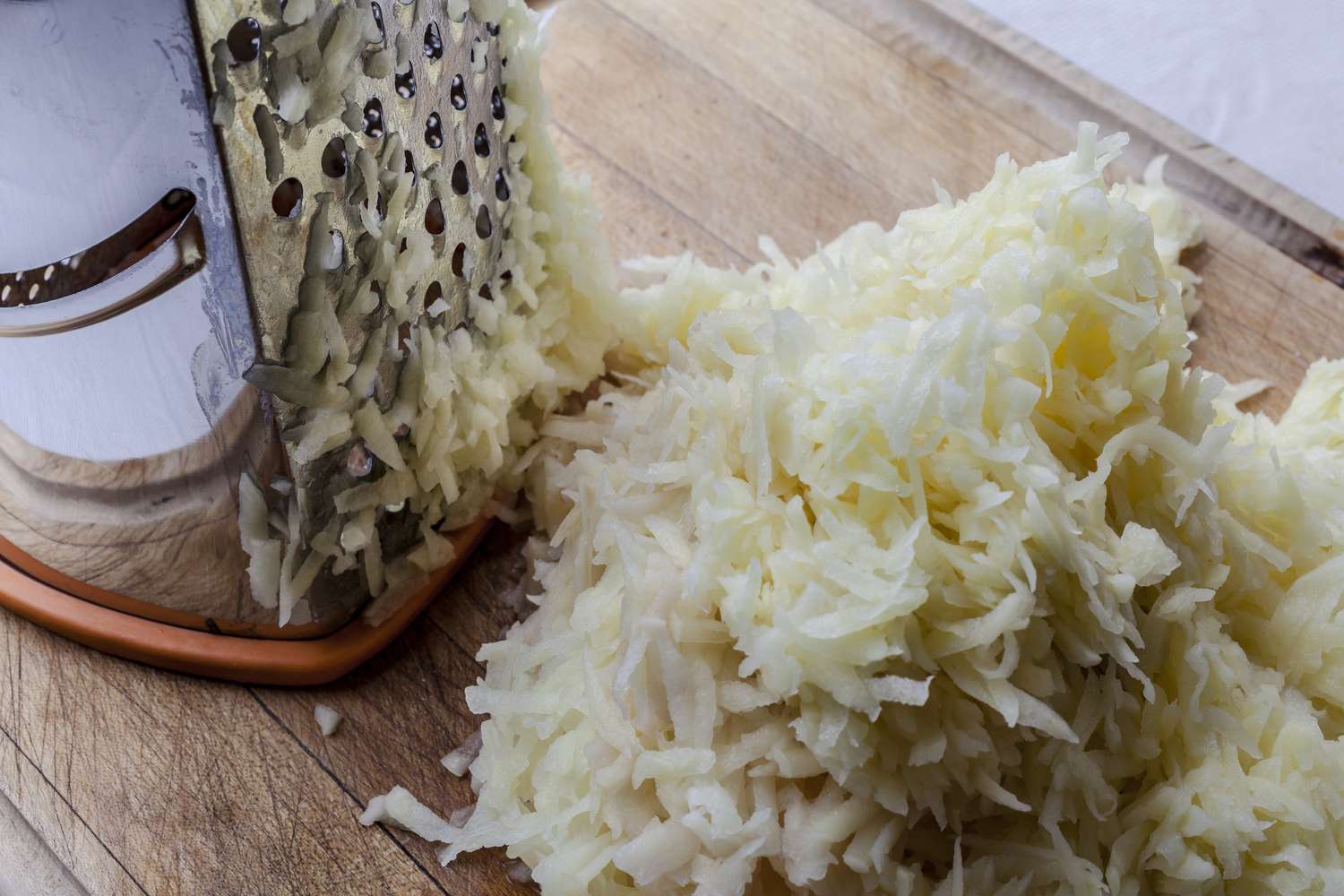

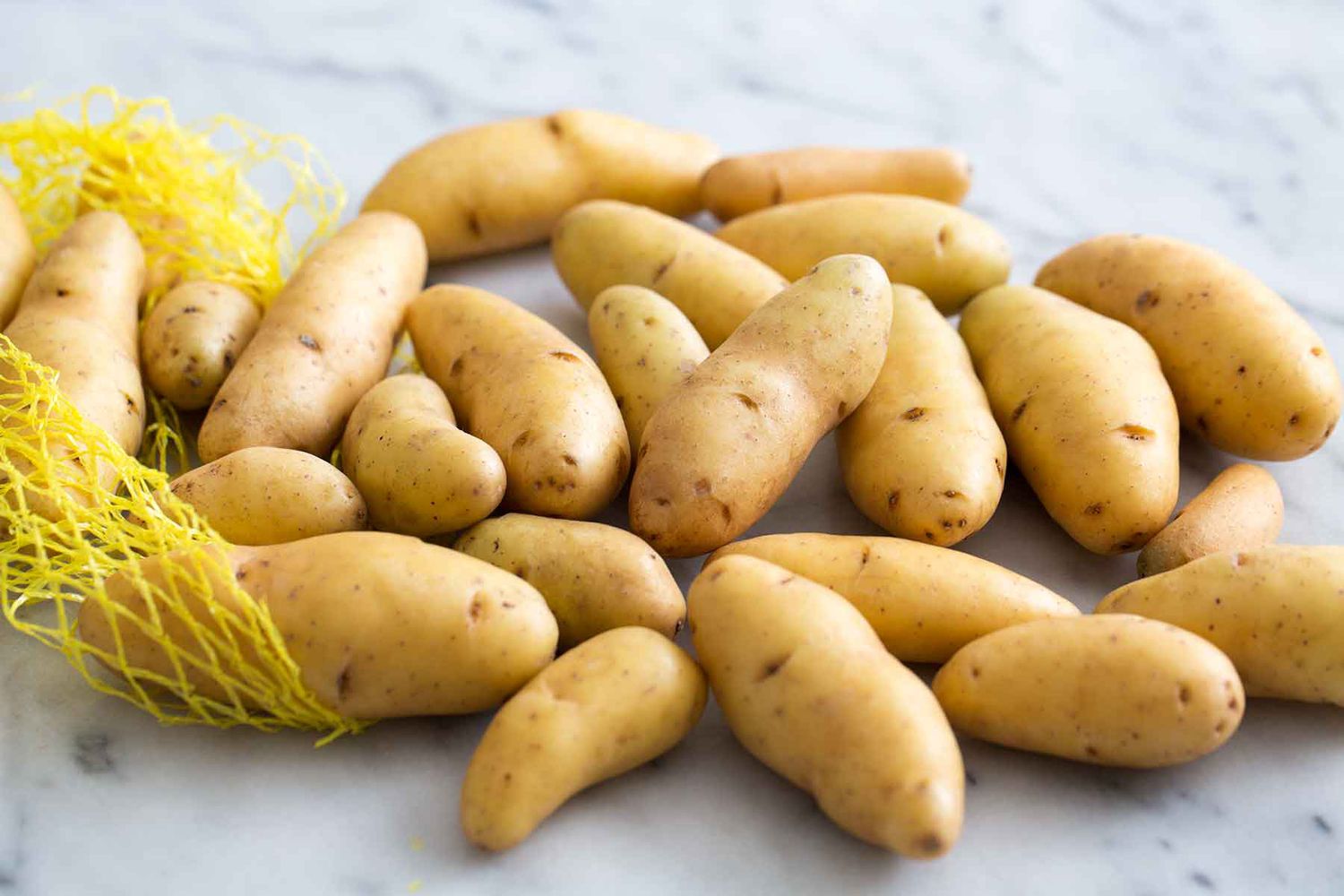
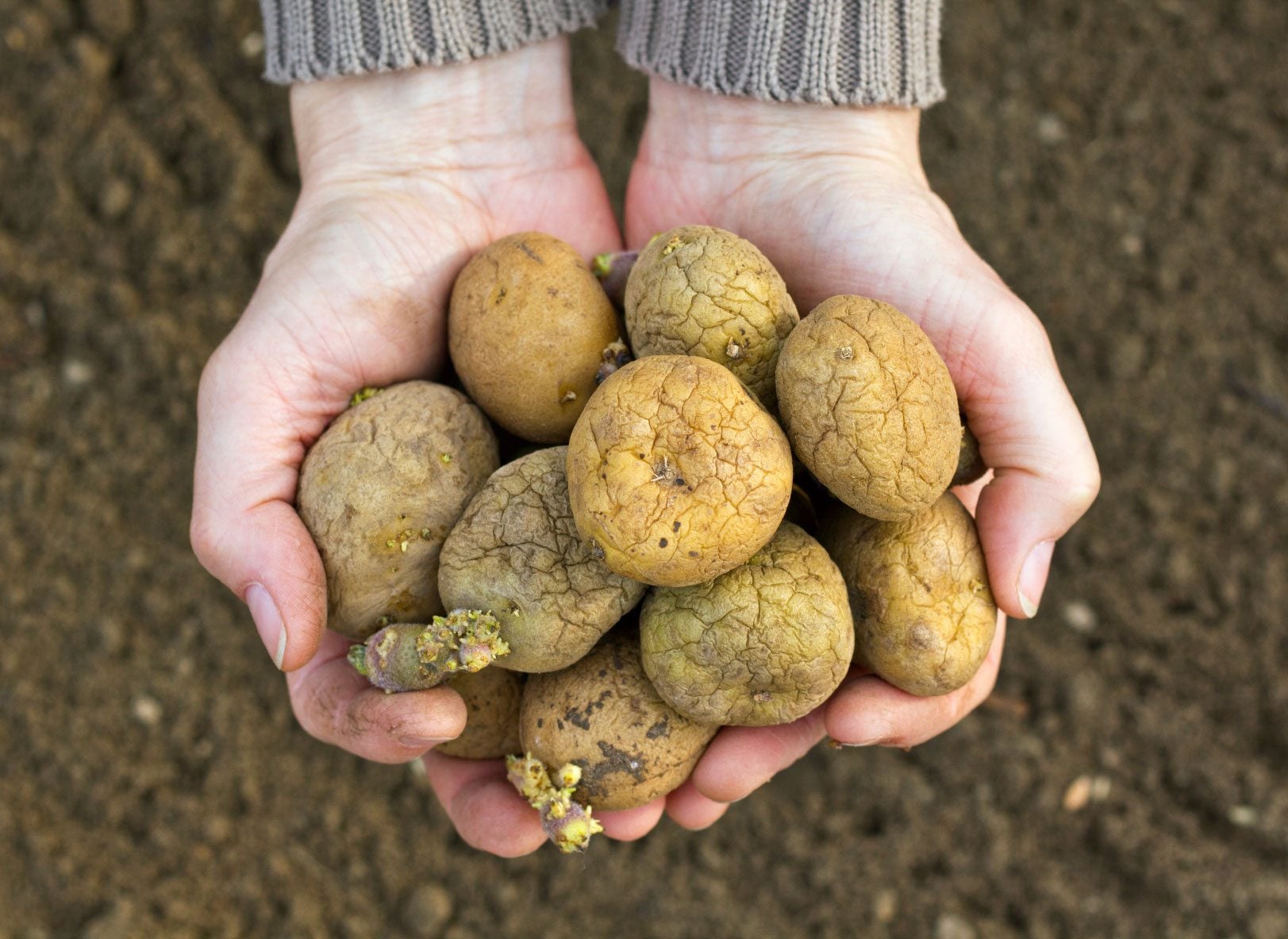
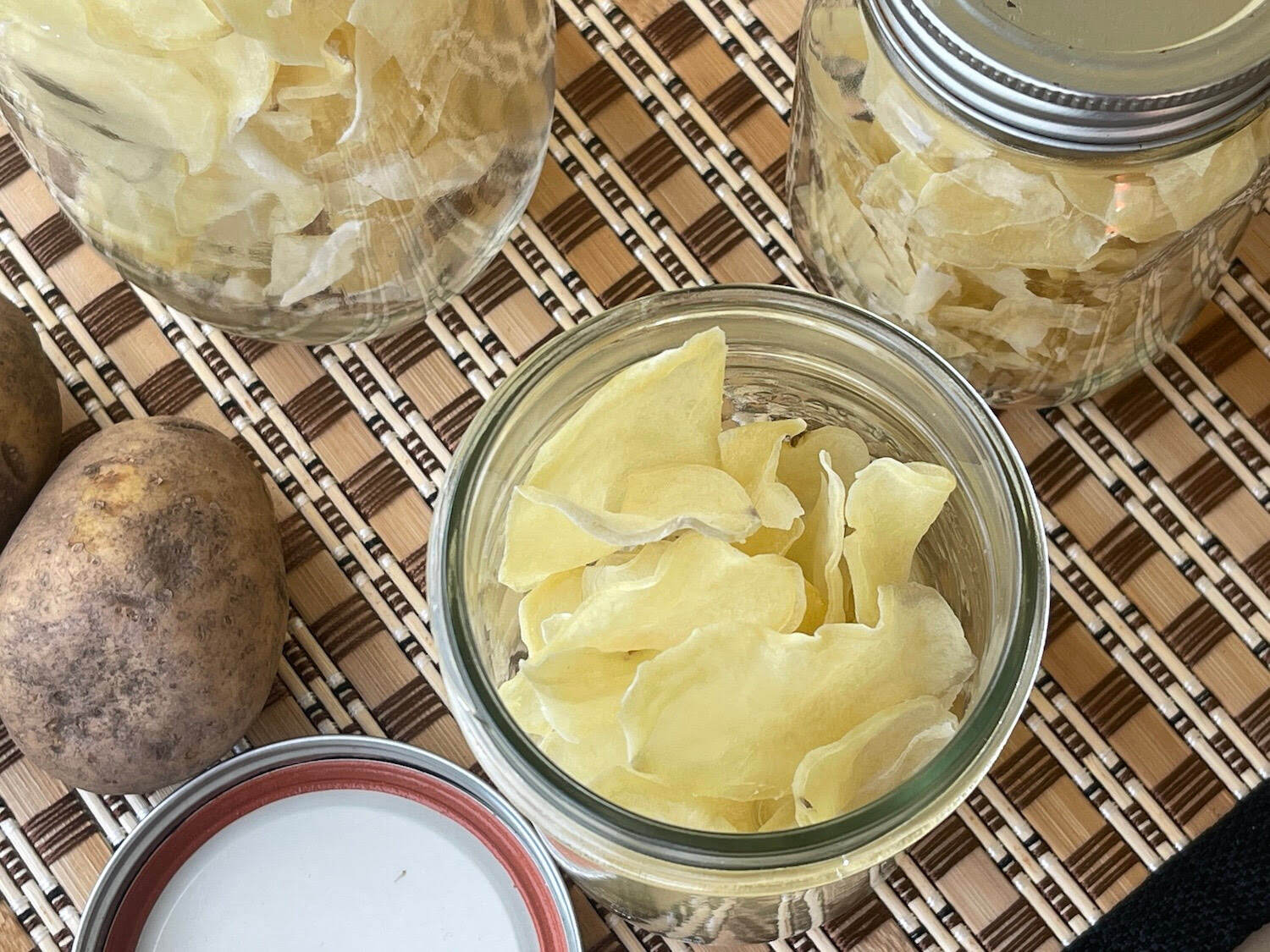
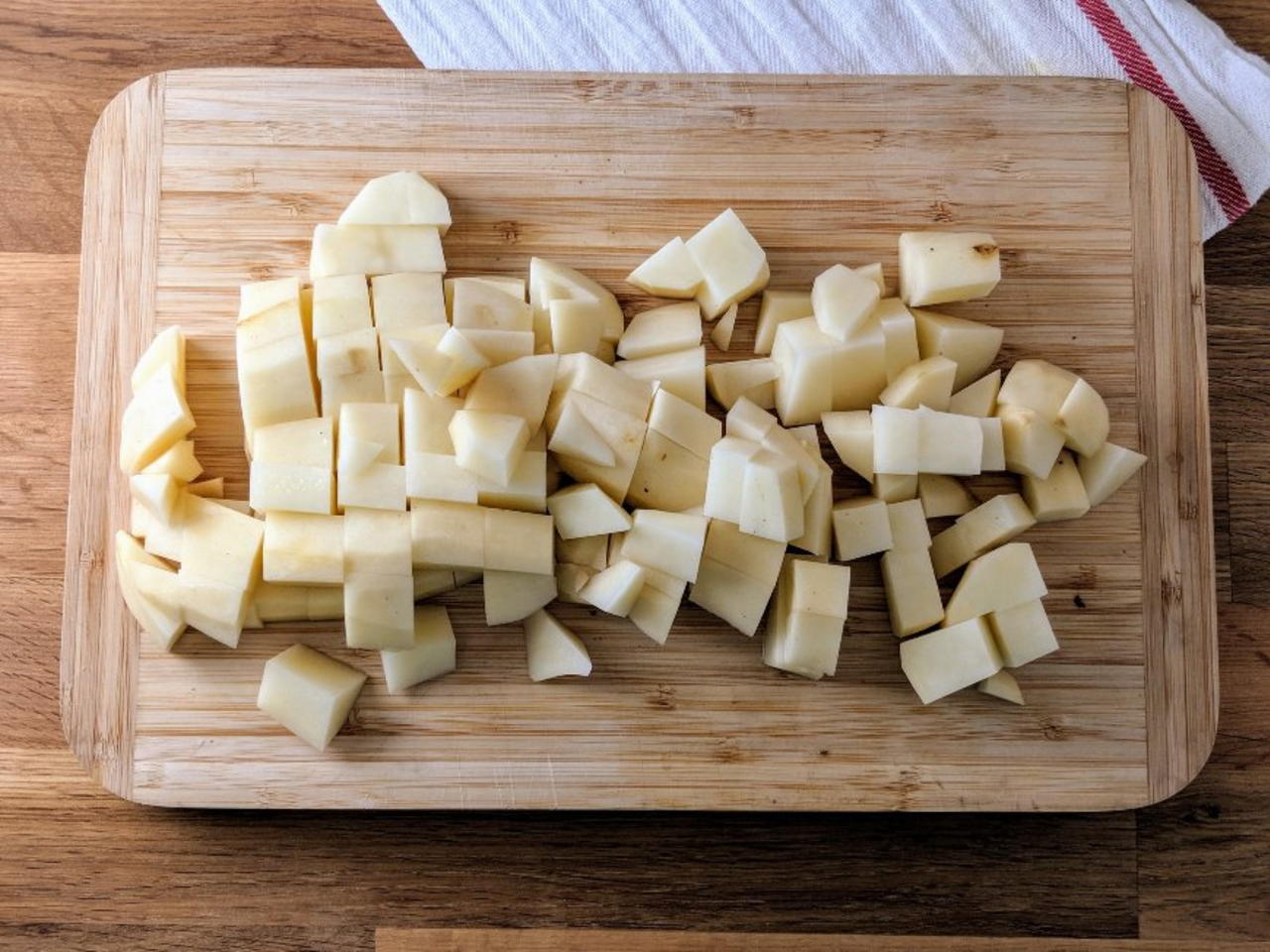
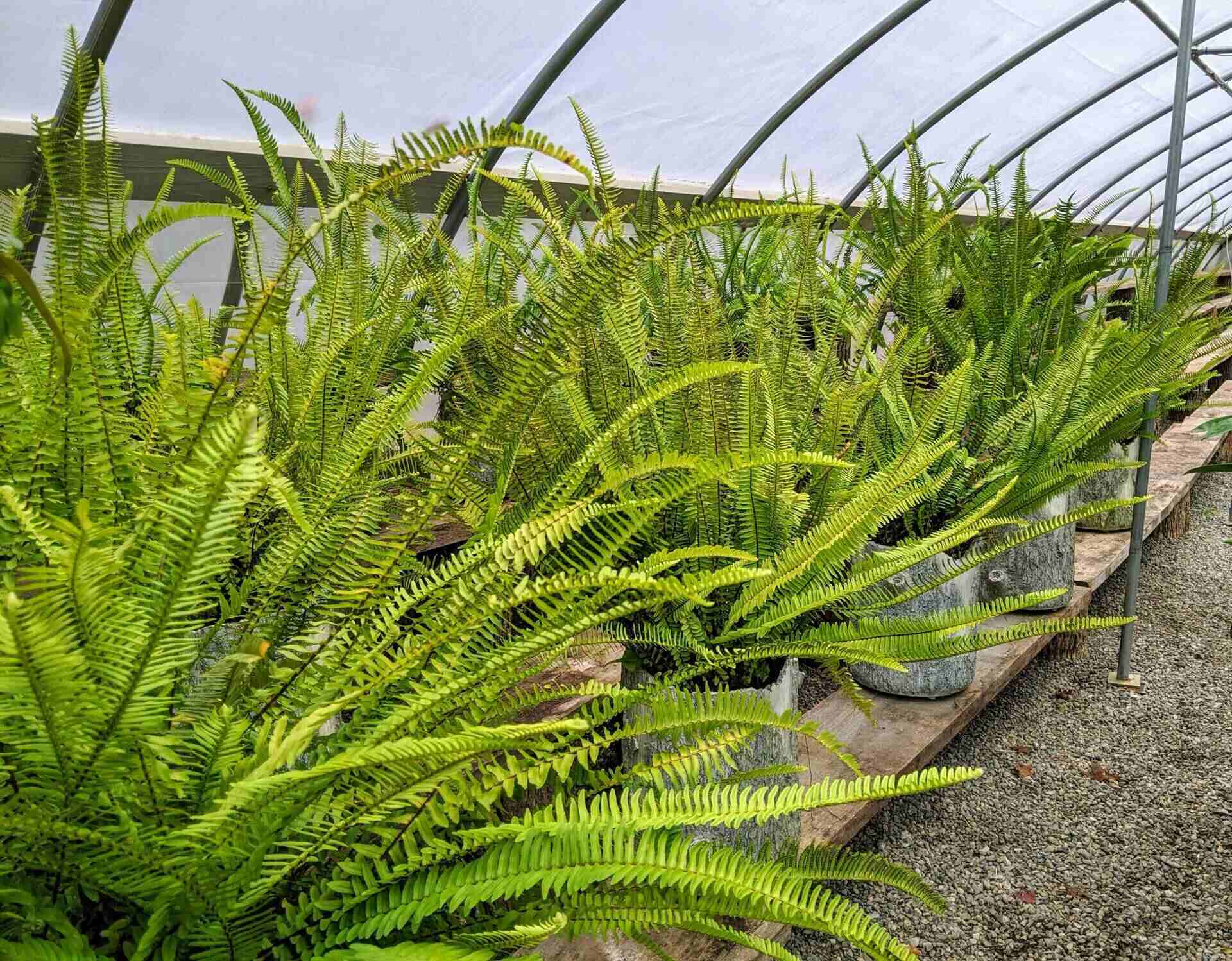
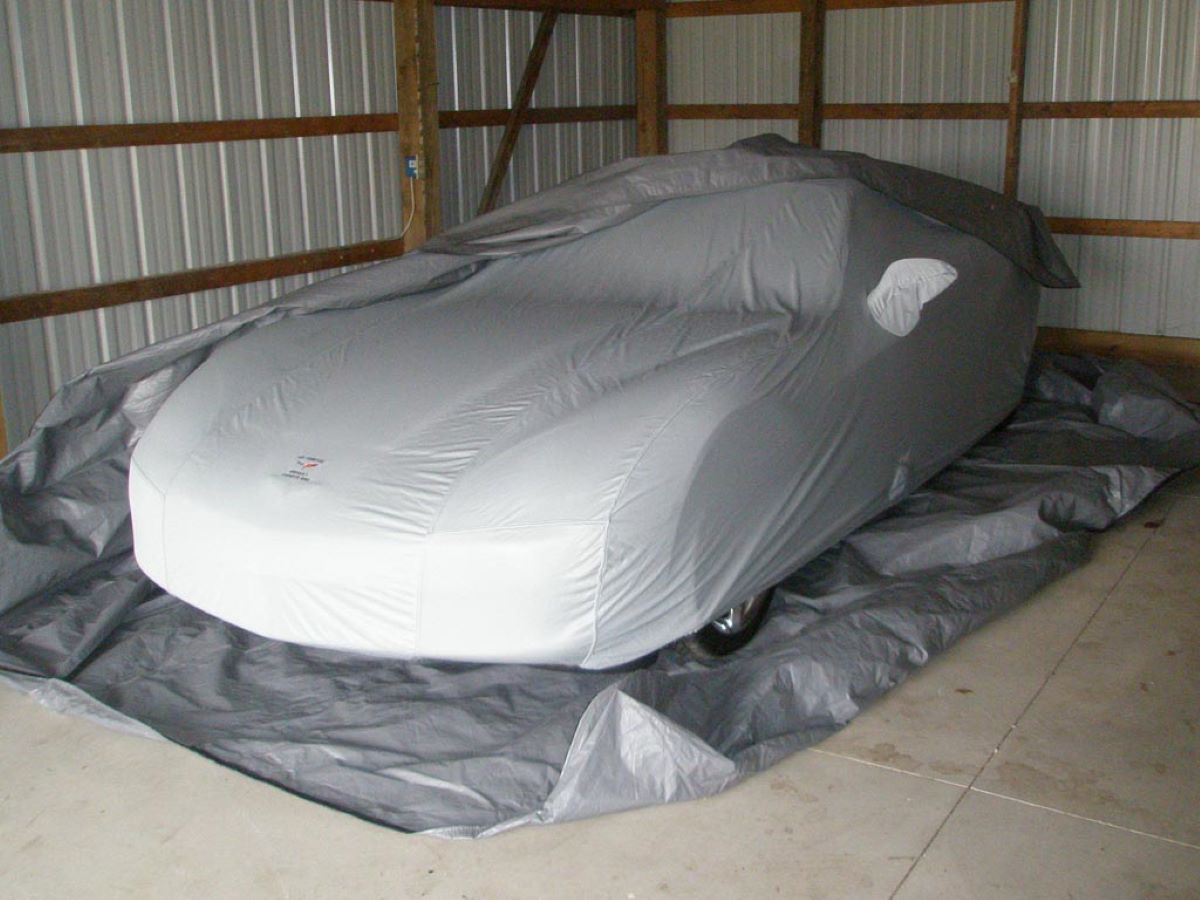


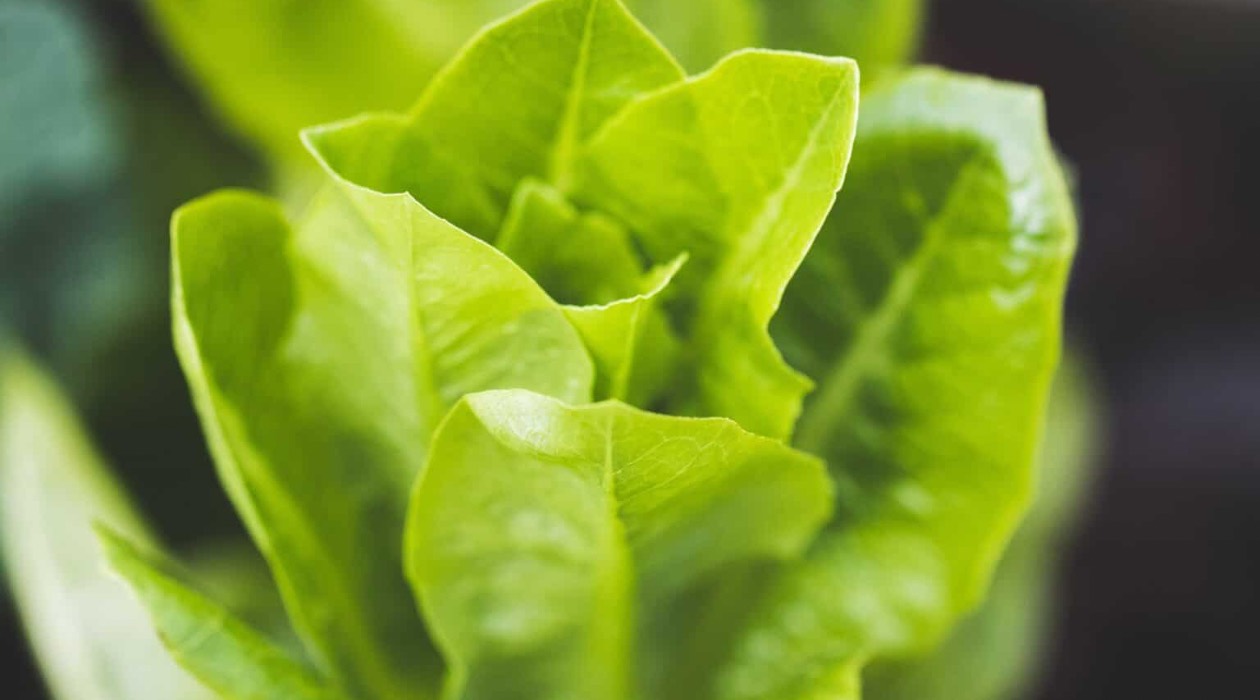
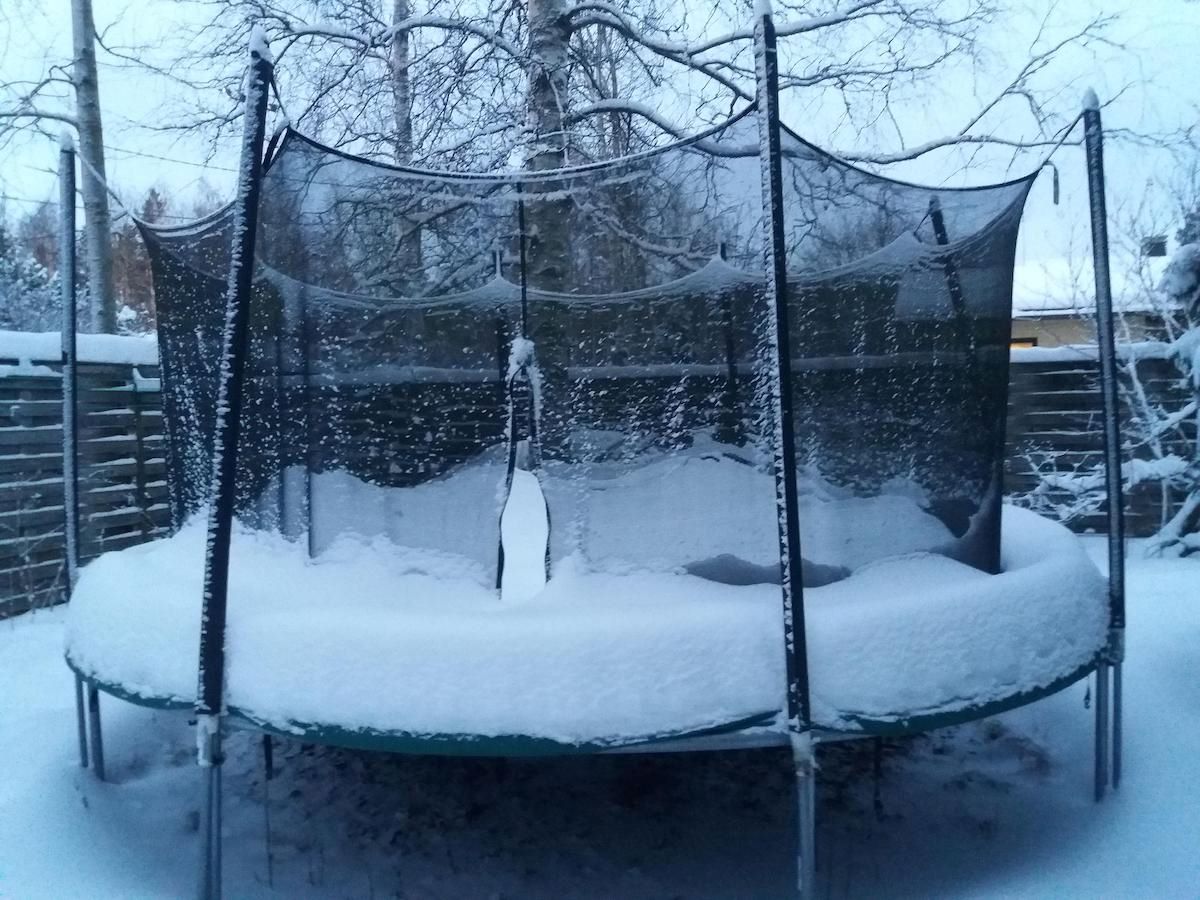
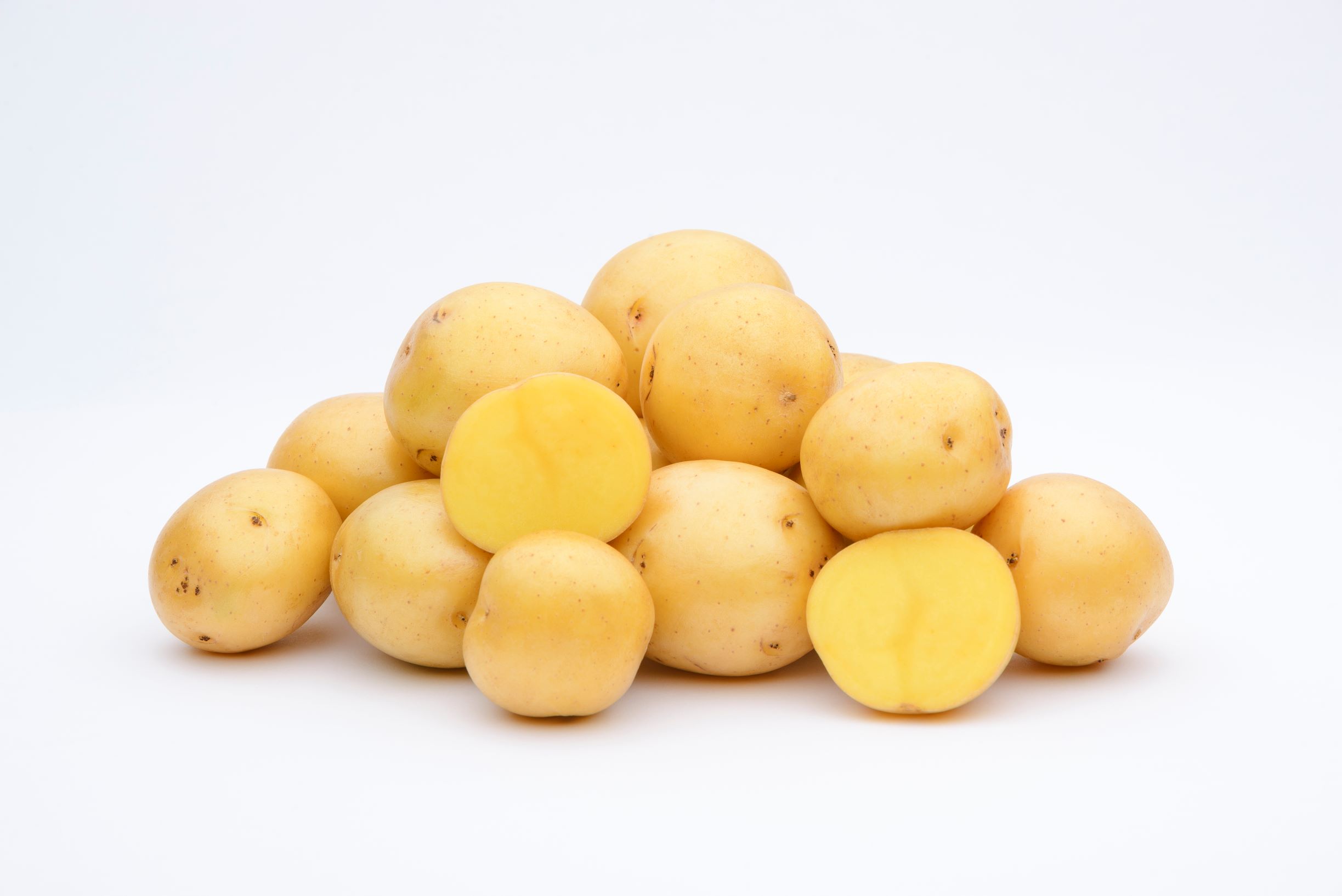

0 thoughts on “How To Store Potatoes For Winter”